May 3 - 9, 2020: Issue 448
Our Great Outdoors: The Chiltern Track
Photos and information by Marita Macrae.
The Chiltern Track, in Ku-ring-gai NP, running from Chiltern Rd Ingleside to McCarrs Creek Rd, is a firetrail through wonderful bushland, full of interest at all seasons. We even saw one Christmas Bell! Take binoculars for good birds too.
Some floral examples from late April 2020: Heath-leafed Banksia, a favourite of Eastern Pygmy Possums. Acacia suaveolens (thinks it's Spring). Early spike on a grass tree. Platysace linearifolia. Carnivorous Drosera peltata flower. Crowea saligna. Banksia oblongifolia. A Hopbush - Dodonaea pinnata. Native Iris, Patersonia sericea. A delicate sprightly Ant.
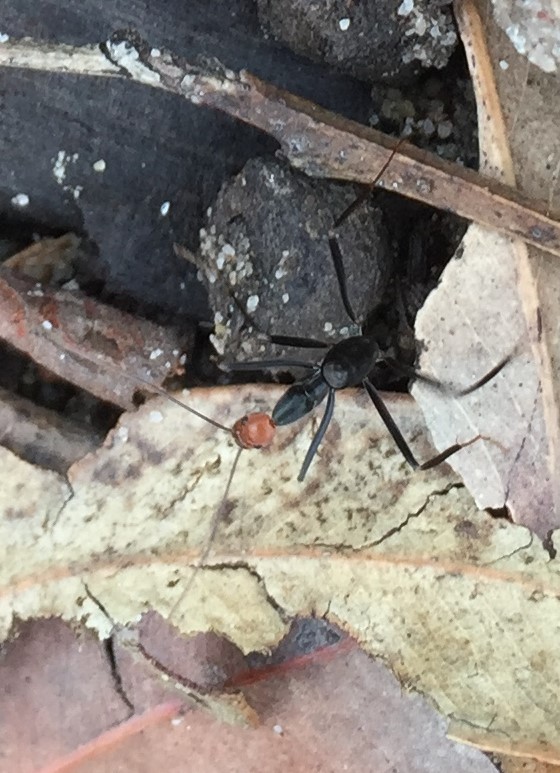
Tiny delicate ant which mostly held its abdomen vertical.
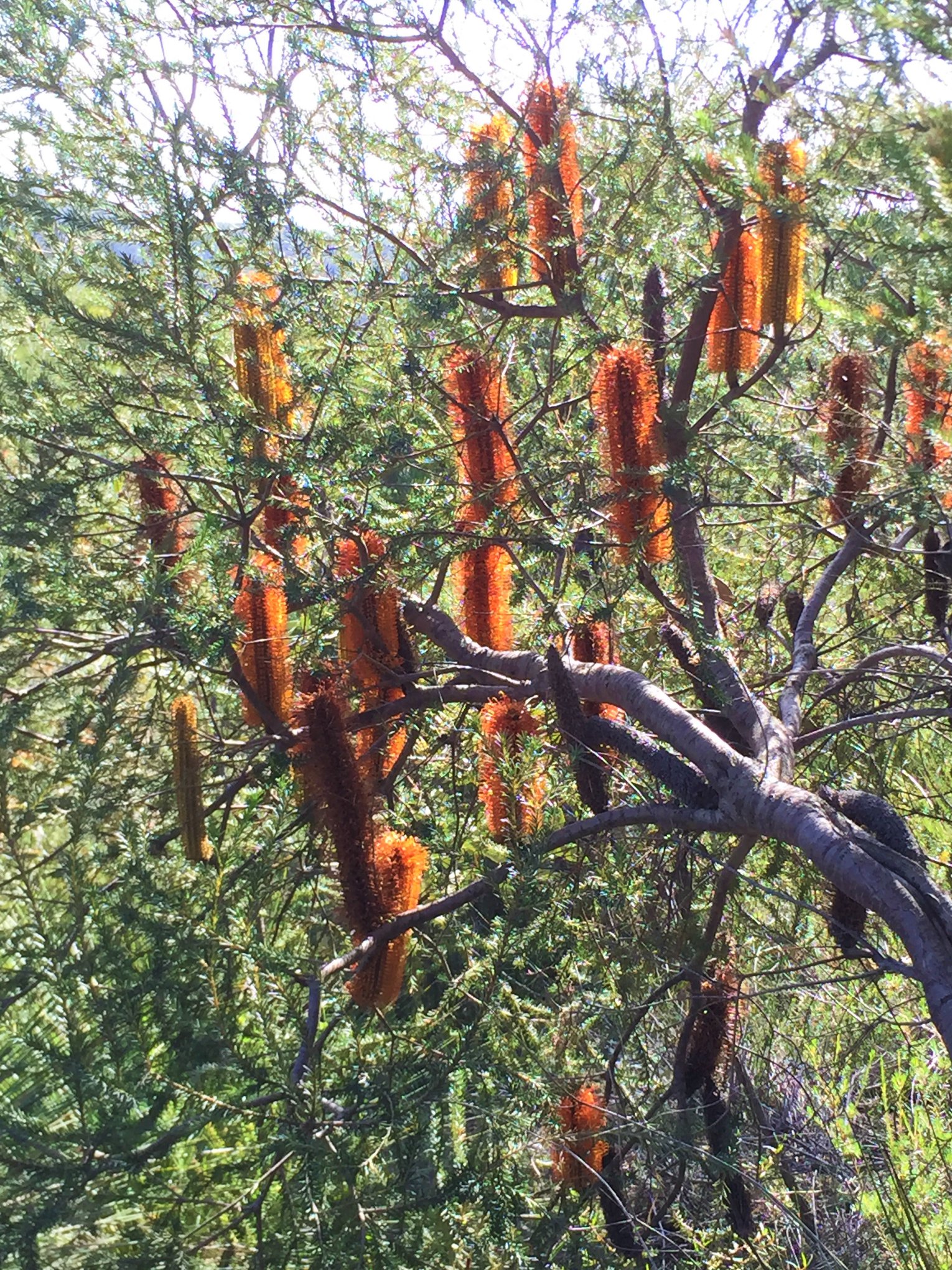
Heath-leafed Banksia, Banksia ericifolia - Nectar for Eastern Pygmy Possum, birds and insects.
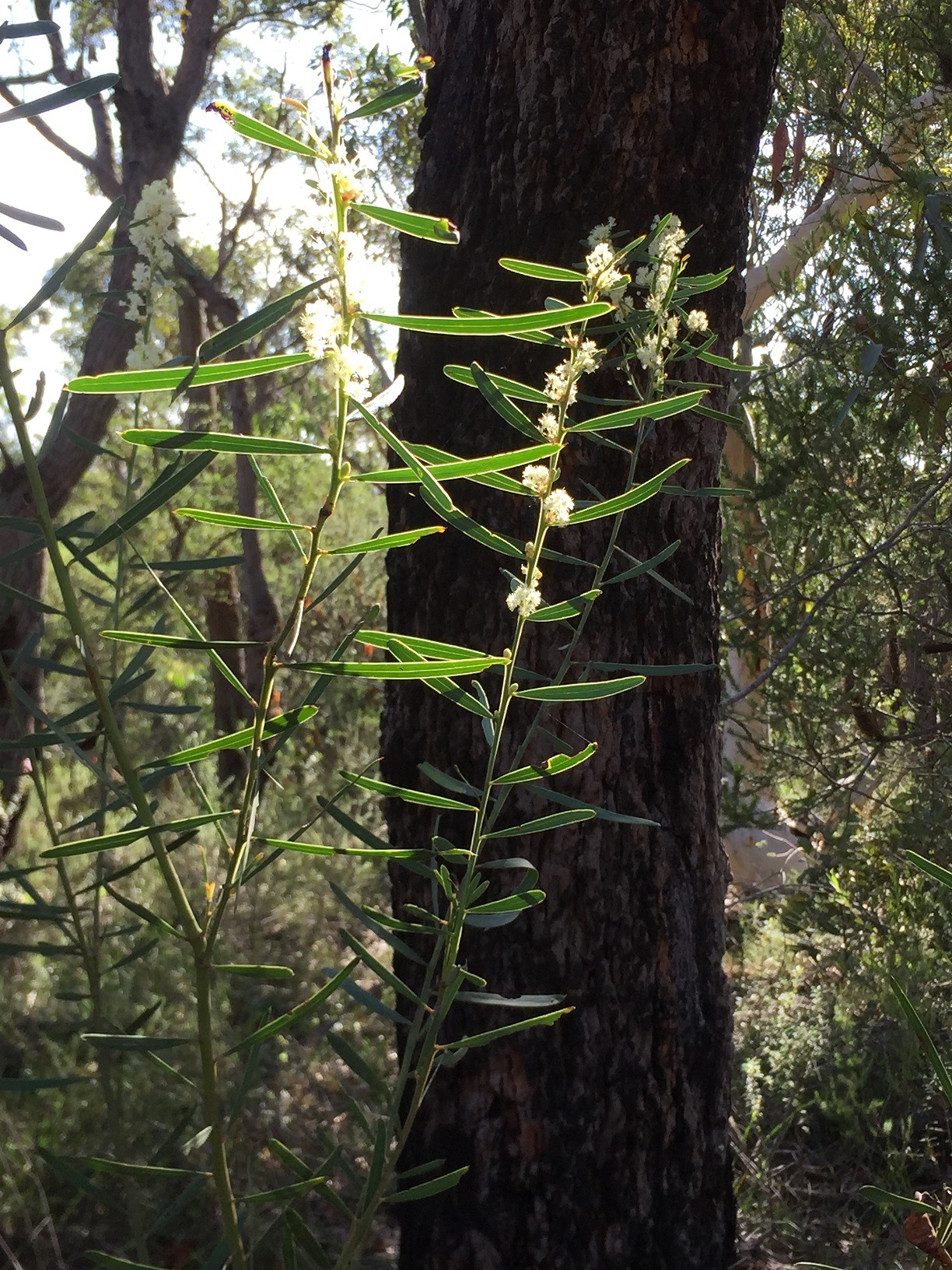
This Sweet Scented Wattle, Acacia suaveolens, really is confused. It usually flowers in about July, but here anticipates spring before winter.
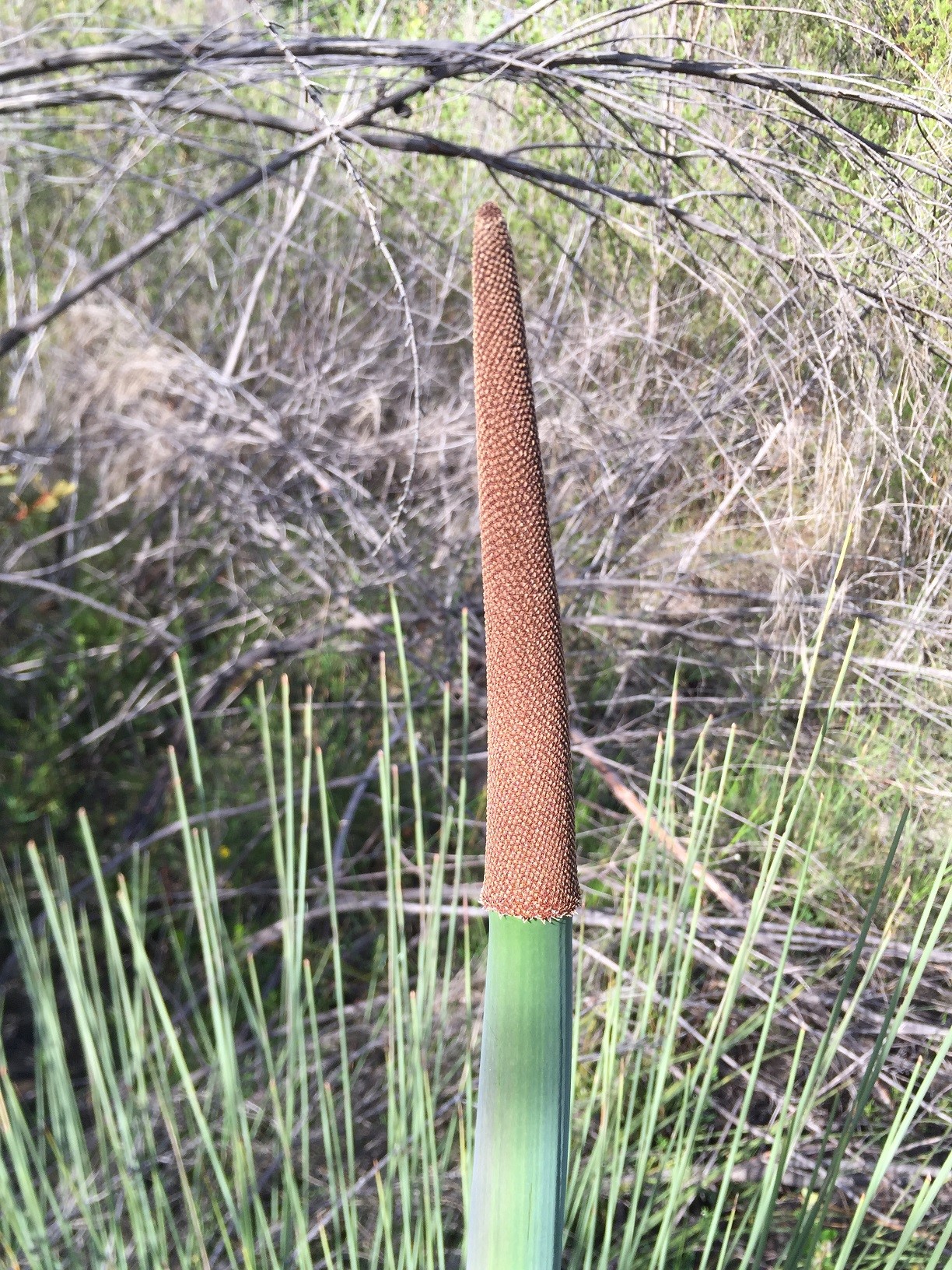
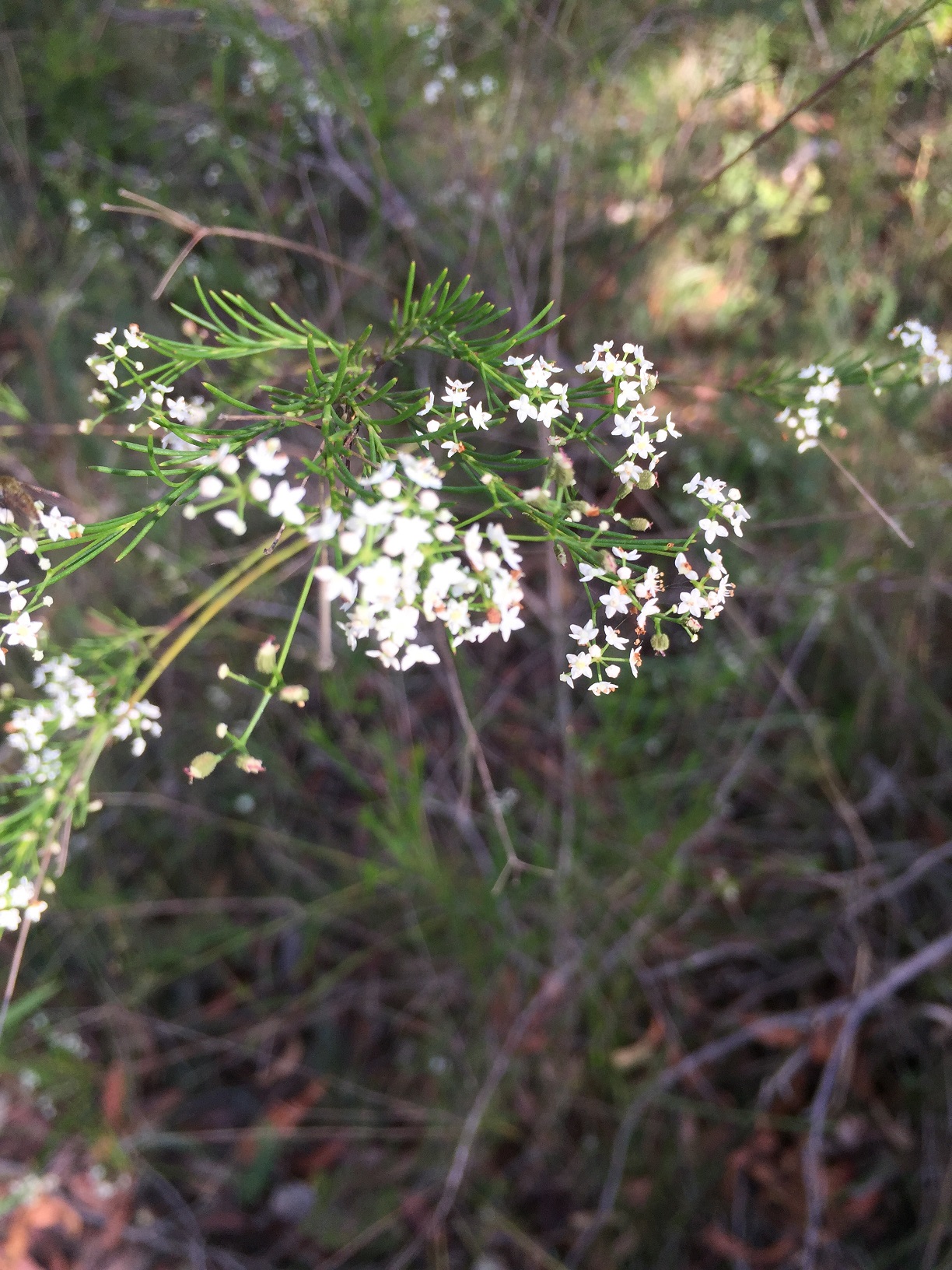
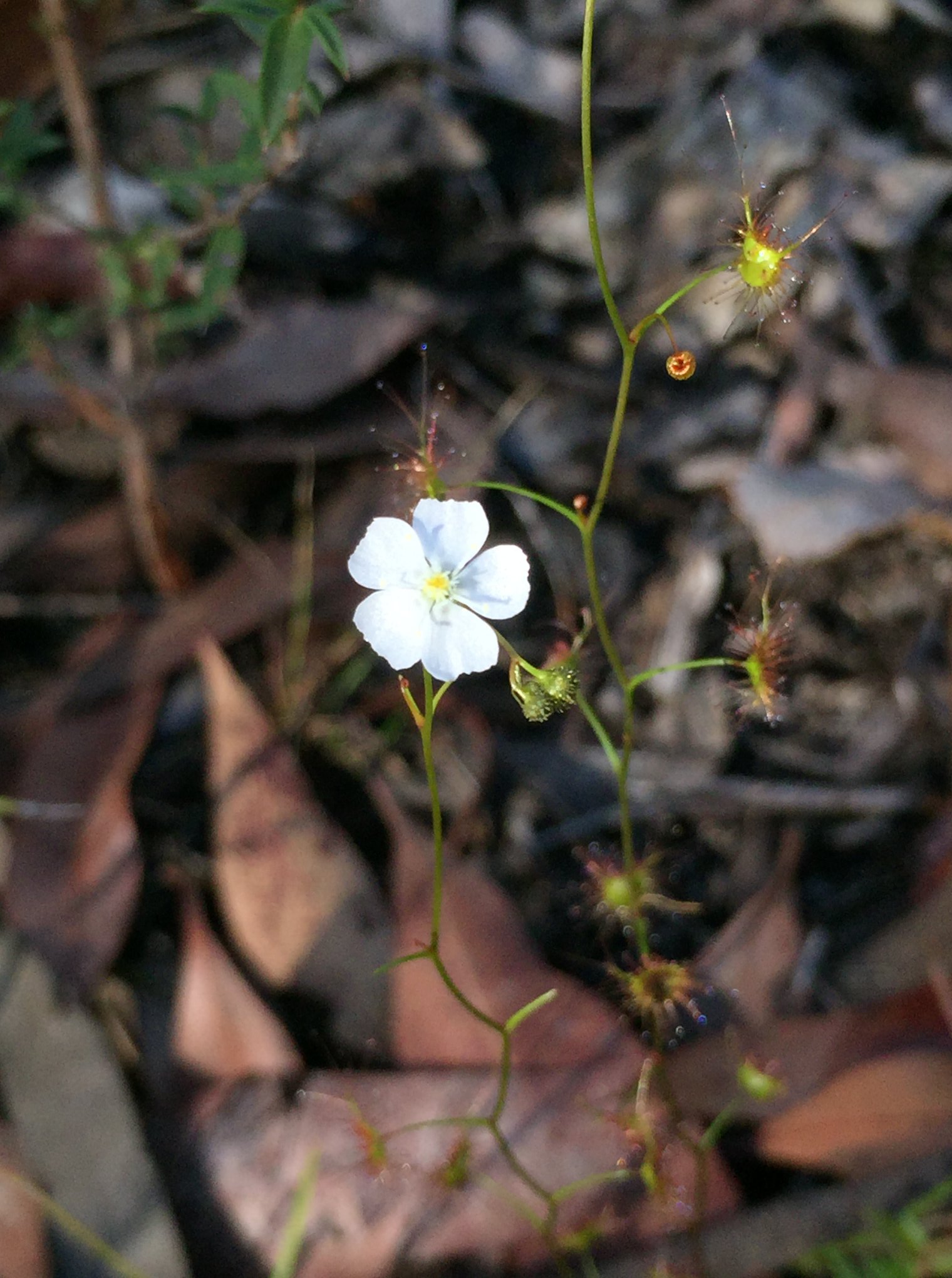
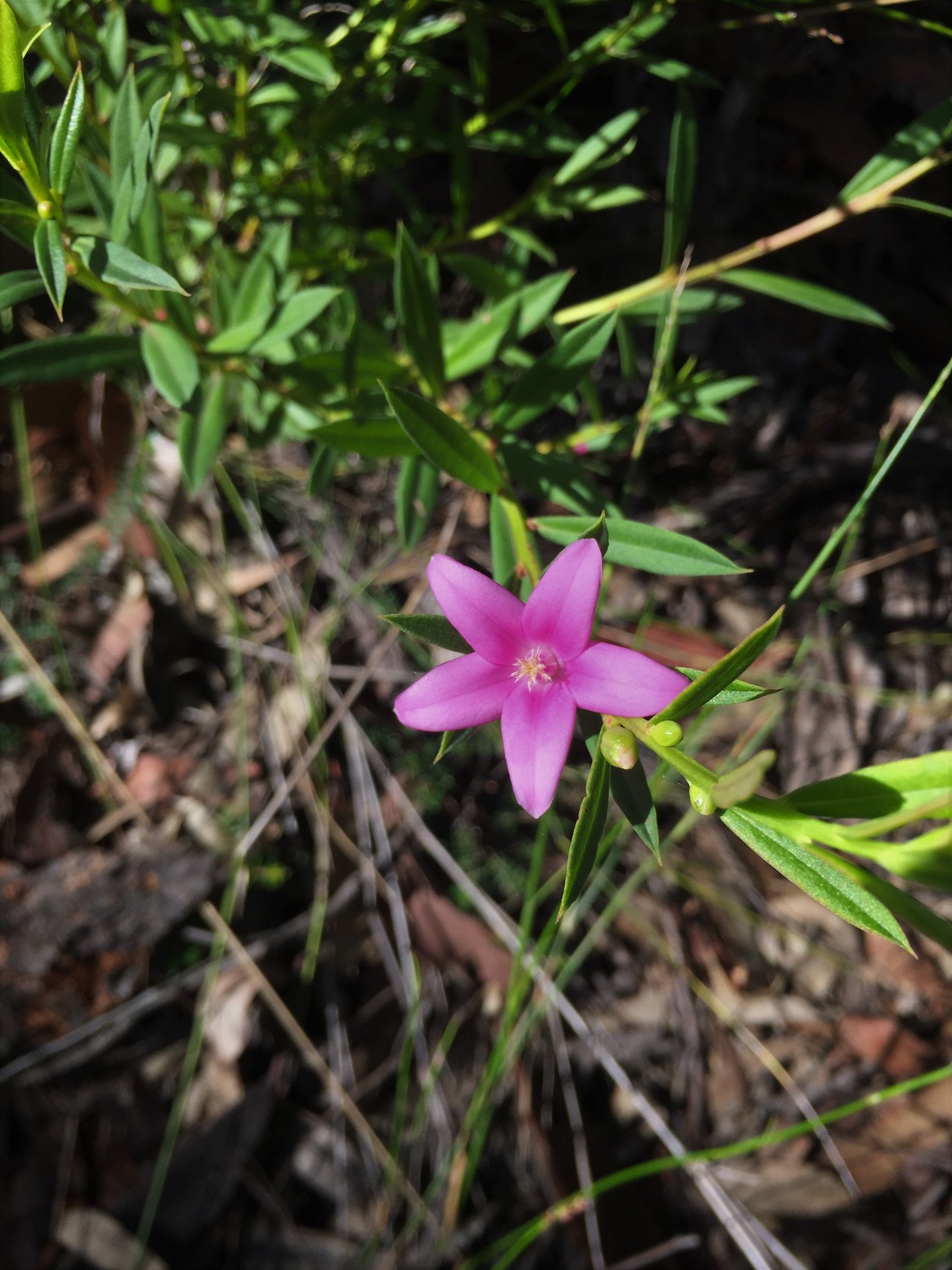
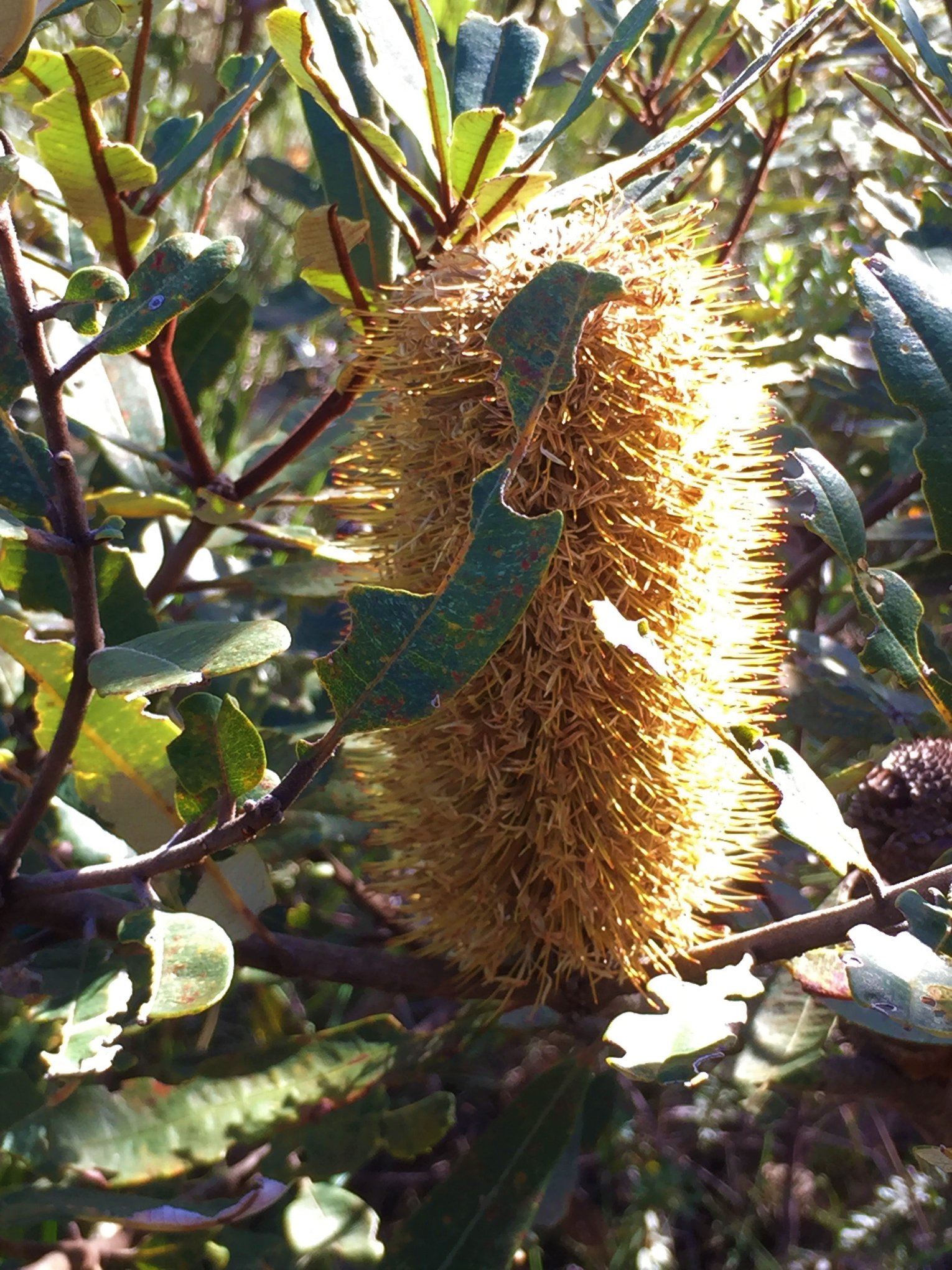
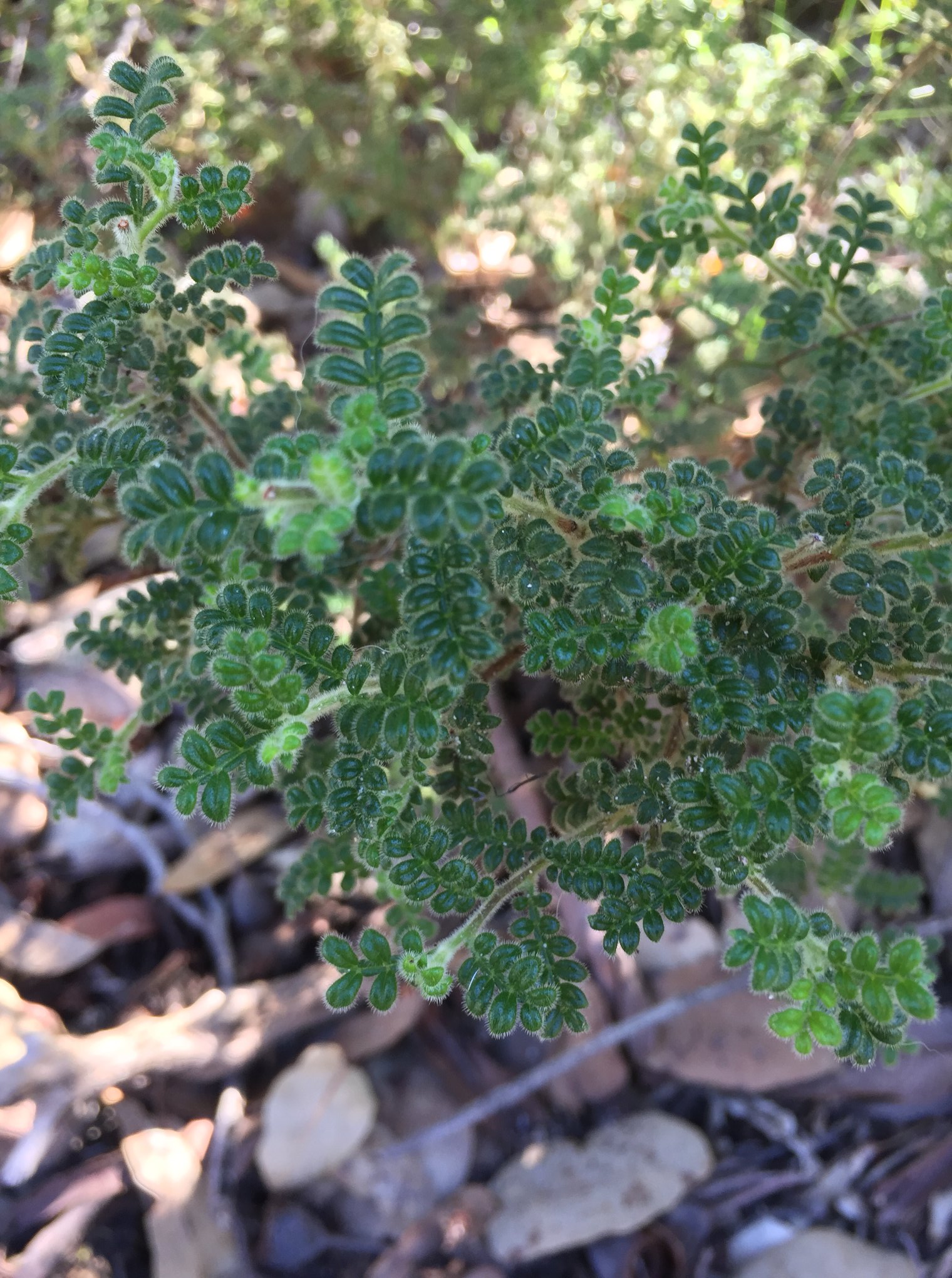
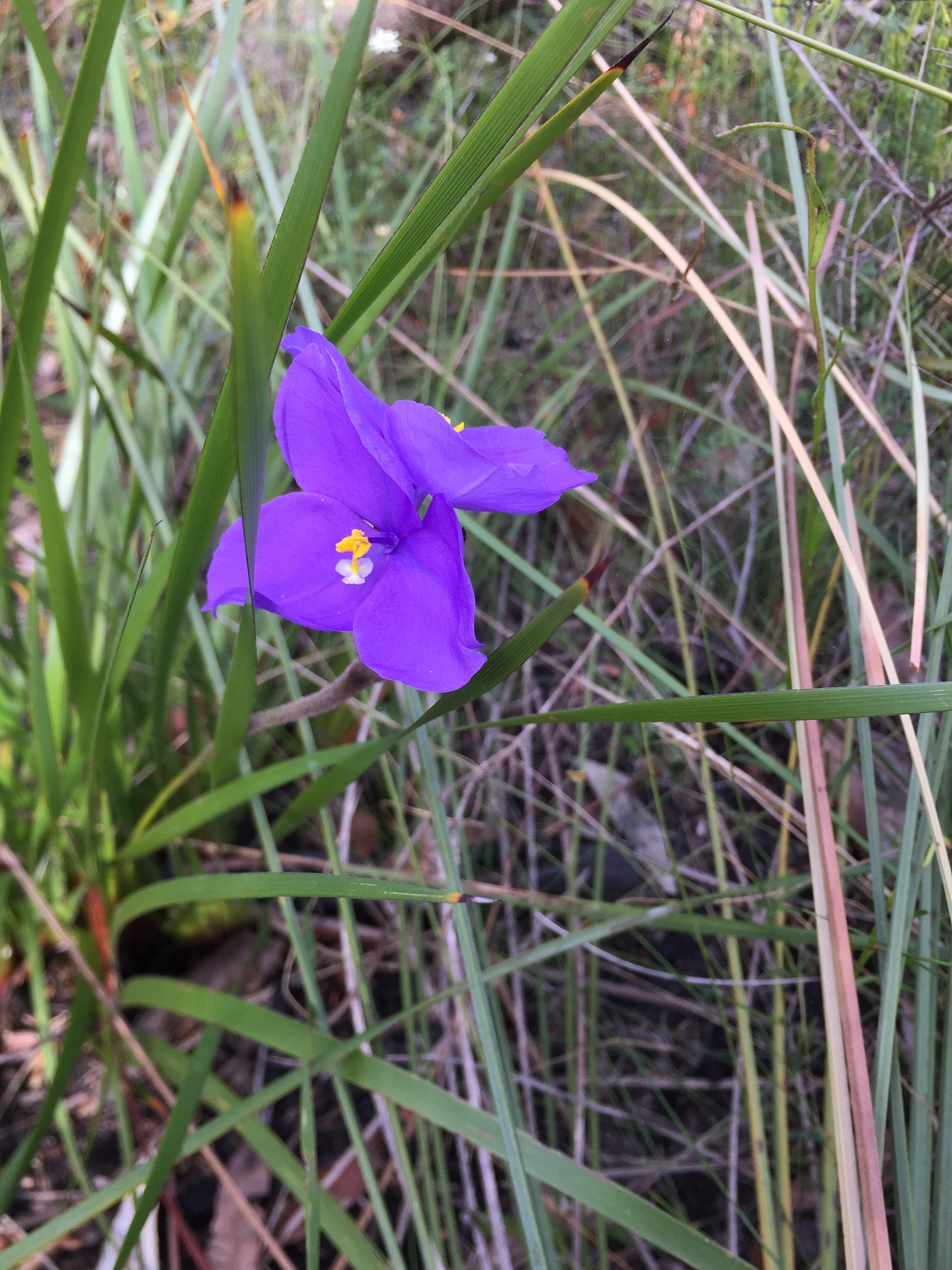
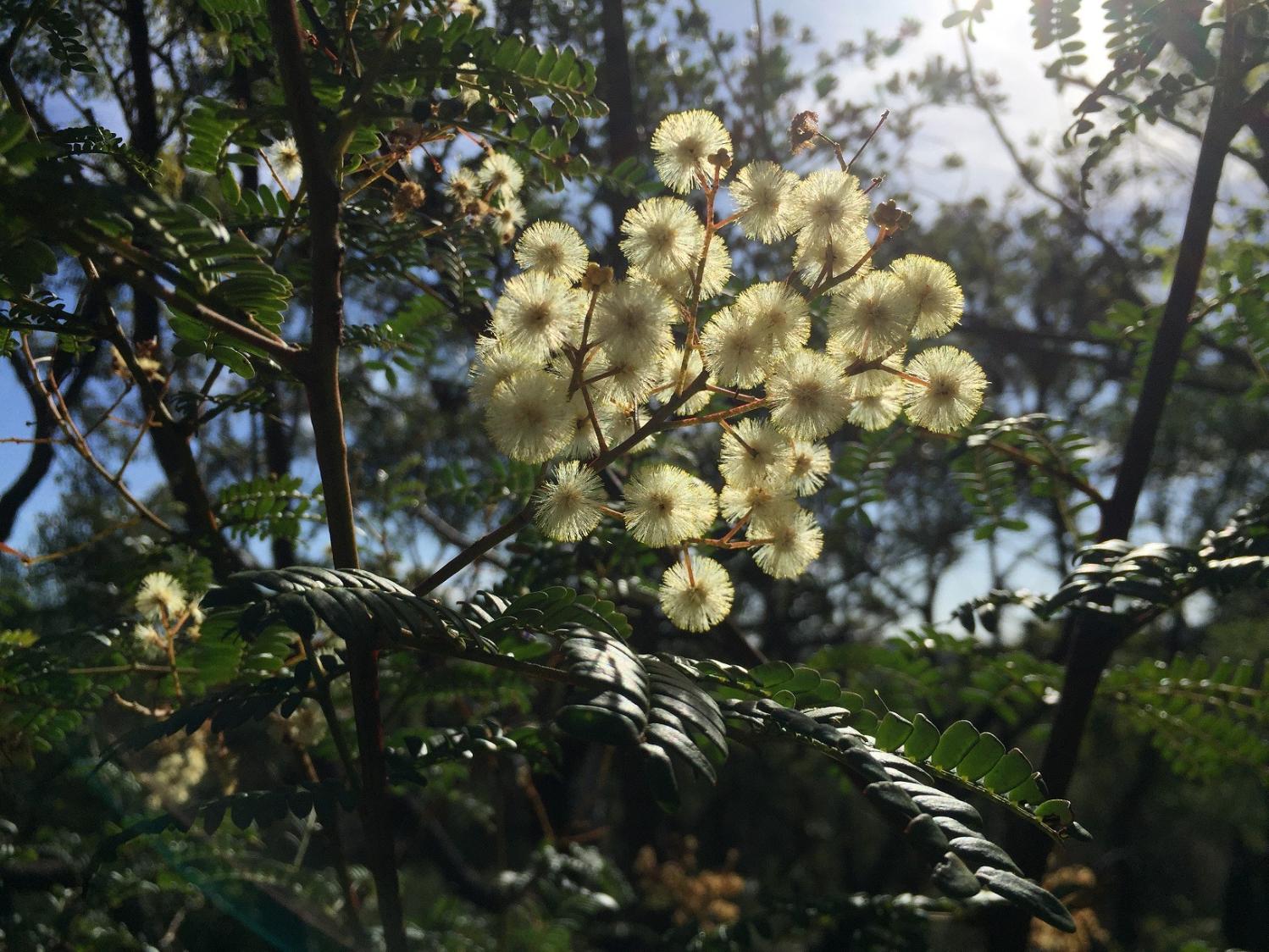
A Tribute To The Amazing Birds Of Chiltern Track NSW – Part 1
Published By Birds In Back Yards TV (BIBY TV)
These photos were taken in April and May 2016 on the Chiltern Track, Ku-ring-gai Chase National Park, NSW.
List of birds shown.
1,2. Spotted Pardalote (male)
3. Yellow-faced Honeyeater
4. Eastern Yellow Robin
5. Little Wattlebird
6. New Holland Honeyeater
7. Little Wattlebird, Dusky Woodswallow, New Holland Honeyeater
8. New Holland Honeyeater
9,10. White-cheeked Honeyeater
11. Scarlet Honeyeater (possibly juvenile female)
12. Scarlet Honeyeater (male)
13, 14. Eastern Spinebill
15,16. Fuscous Honeyeater
17,18. Grey Fantail
19,20. Little Wattlebird
21,22. Eastern Yellow Robin
23. Golden Whistler (male)
24. Golden Whistler (make)
25. Golden Whistler (female)
26,27. Spotted Pardalote (male)
28,29. White-eared Honeyeater
30. Rufous Whistler (female)
31,32,33. Silvereye (Tasmanian race)
34,35. Dusky Woodswallow
36,37. Eastern Spinebill
38. Scarlet Honeyeater (juvenile male)
39,40. Variegated Fairywren (non-breeding male)
41. Olive-backed Oriole (female)
42,43. Yellow-tufted Honeyeater
44,45. Yellow-faced Honeyeater
46. Little Wattlebird
47,48. Lewins Honeyeater
49. Golden Whistler (male)
50,51. New Holland Honeyeater
52. Scarlet Honeyeater (male)
53. Scarlet Honeyeater (female)
54. White-cheeked Honeyeater
55. White-eared Honeyeater
56. White-cheeked Honeyeater
57,58. Noisy Friarbird
59. Brush Bronzewing
60. Scarlet Honeyeater (male and female)
61. Spotted Pardalote (male)
Also seen/heard in April/May:
Mistletoebird, Spangled Drongo, Black-faced Cuckoo-shrike, Welcome Swallow, Glossy Black Cockatoo, Sulphur-crested Cockatoo, Yellow-tailed Black Cockatoo, Brown Thornbill, Grey Shrike-thrush, Rainbow Lorikeet, Red Wattlebird, Pied Currawong, White-bellied Sea Eagle, White-browed Scrubwren, Australian Raven, Australian Magpie, Eastern Whipbird and Superb Lyrebird (distant).
Credits:
Photography and video production - Darren Broughton, Focus Films Australia
Shot selection, editing and arrangement - Thalia Broughton, Focus Films Australia
Music - "Sense" by Lightning Seeds